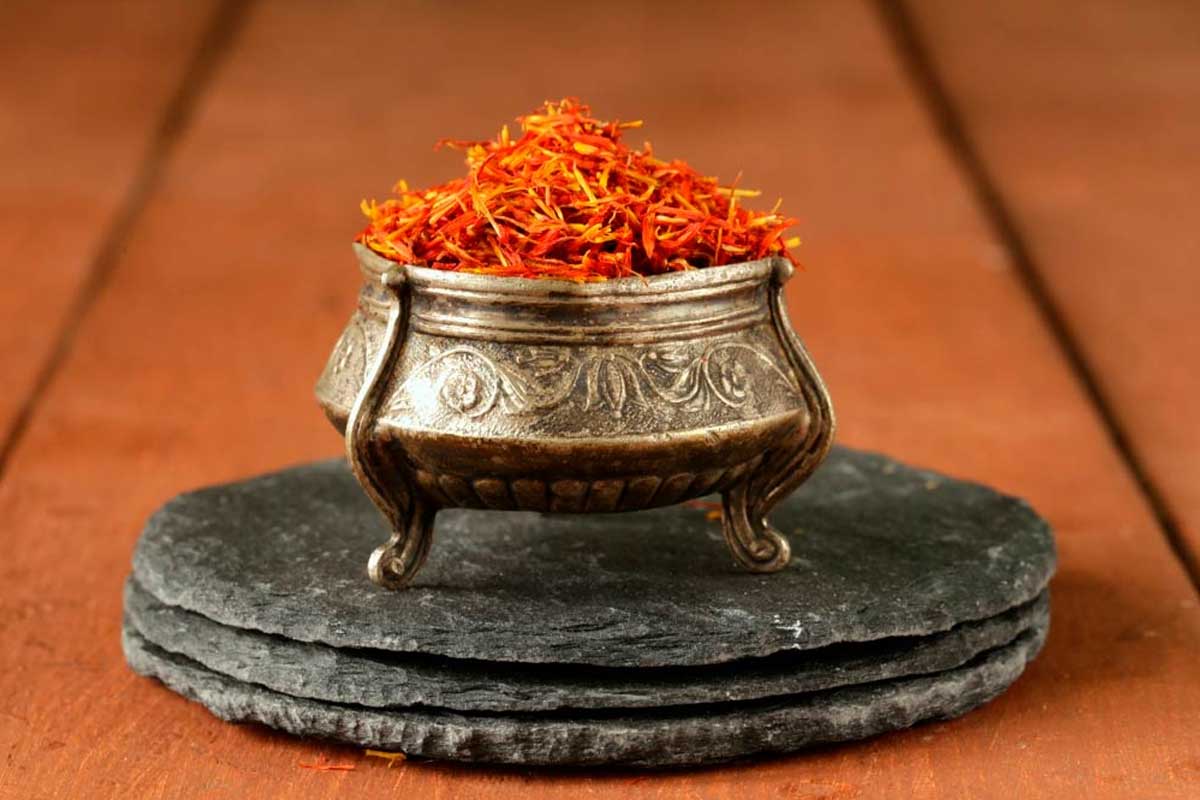Free Express International Delivery & Easy Returns
Free Express International Delivery & Easy Returns
Saffron in Ancient Civilizations: Myths, Legends, and Traditions

Throughout the annals of history, saffron has played a prominent role in the myths, legends, and traditions of ancient civilizations. Revered for its vibrant color, exquisite flavor, and medicinal properties, saffron was not merely a culinary ingredient but a symbol of wealth, power, and divinity. Let’s explore the fascinating tales and cultural significance of saffron in ancient civilizations.
In ancient Egypt, saffron was highly prized for its medicinal properties and was believed to possess mystical powers. It was used in religious rituals, embalming practices, and as an aphrodisiac. Saffron-infused oils and ointments were applied to the skin for their purported healing and beautifying effects, while saffron-laced potions were consumed for vitality and longevity. Saffron was also buried with pharaohs to accompany them on their journey to the afterlife, symbolizing regeneration and eternal life.
In ancient Greece, saffron was associated with the gods and goddesses of Olympus. Legend has it that Zeus, the king of the gods, slept on a bed of saffron-infused clouds, and Hera, his queen, used saffron to adorn herself and create rainbows. Saffron was also used in religious ceremonies, festivals, and feasts to honor the gods and invoke their blessings. Greek physicians, including Hippocrates, recognized saffron for its medicinal properties and prescribed it for a variety of ailments, from insomnia to indigestion.
In ancient Persia (modern-day Iran), saffron was regarded as the spice of royalty and was reserved for kings, emperors, and nobles. It was used in royal feasts, banquets, and celebrations to signify opulence and grandeur. Saffron was also cherished for its medicinal properties and was prescribed by Persian physicians for a range of ailments, from melancholy to melancholy. Saffron was also used in perfumes, cosmetics, and dyes, further cementing its status as a symbol of luxury and prestige.
In ancient India, saffron was revered as a sacred spice and was associated with spirituality and enlightenment. Sadhus, or holy men, wore saffron-colored robes as a symbol of renunciation and detachment from worldly possessions. Saffron was also used in religious rituals, ceremonies, and offerings to deities. Ayurvedic texts, ancient Indian medical treatises, extolled the virtues of saffron for its therapeutic properties and prescribed it for a myriad of ailments, from digestive disorders to heart ailments.
In ancient China, saffron was prized for its medicinal and culinary properties and was considered a treasure of the imperial court. It was used in traditional Chinese medicine to promote health, vitality, and longevity. Saffron was also used in culinary preparations, such as teas, soups, and rice dishes, to enhance flavor and aroma. Chinese emperors bestowed saffron as a precious gift to foreign dignitaries and ambassadors, symbolizing friendship and goodwill.
Conclusion
The myths, legends, and traditions surrounding saffron in ancient civilizations reflect its enduring significance as a symbol of divinity, royalty, and spirituality. From the mystical elixirs of ancient Egypt to the saffron robes of Indian ascetics, saffron has captivated the imagination and inspired reverence across cultures and epochs. Its legacy as the “gold of spices” continues to shine brightly in the tapestry of human history, reminding us of its timeless allure and extraordinary potency.
Please feel free to contact us for any inquiries related to Saffron.
Copyright © 2024 Zaflore.